Chlorophyll shows an outburst of flourescence during the first few moments of illumination. This effect is called
Emerson's effect
Kutusky effect
Hamburger effect
Hill effect
The correct Answer is:B
Step-by-Step Solution:
1. Understanding Chlorophyll and Fluorescence:
- Chlorophyll is the pigment responsible for photosynthesis in plants. It absorbs light energy, which excites its electrons and allows the process of photosynthesis to occur.
- Fluorescence is the process where a substance absorbs light and then re-emits it. When chlorophyll is illuminated, it absorbs energy and then releases some of that energy in the form of light.
2. Identifying the Effect:
- The question asks about the specific phenomenon where chlorophyll shows an outburst of fluorescence during the initial moments of illumination.
- This phenomenon is characterized by the immediate release of light energy after chlorophyll absorbs it.
3. Historical Context:
- The effect of chlorophyll showing fluorescence was studied by a scientist named Kutuzov in 1931. This specific observation is known as the Kutuzov effect.
4. Eliminating Other Options:
- The other options provided (Emerson effect, Hamburg effect, and Hill effect) are related to different aspects of photosynthesis or biological processes:
- Emerson Effect: Related to the enhancement of photosynthesis when two different wavelengths of light are used.
- Hamburg Effect: Related to cardiovascular systems in animals, not plants.
- Hill Effect: Related to the behavior of populations, not directly to chlorophyll or photosynthesis.
5. Conclusion:
- Based on the understanding of chlorophyll, fluorescence, and the historical context, the correct answer to the question is the Kutuzov effect.
Final Answer:
The effect is called the Kutuzov effect.
---
- Chlorophyll is the pigment responsible for photosynthesis in plants. It absorbs light energy, which excites its electrons and allows the process of photosynthesis to occur.
- Fluorescence is the process where a substance absorbs light and then re-emits it. When chlorophyll is illuminated, it absorbs energy and then releases some of that energy in the form of light.
- The question asks about the specific phenomenon where chlorophyll shows an outburst of fluorescence during the initial moments of illumination.
- This phenomenon is characterized by the immediate release of light energy after chlorophyll absorbs it.
- The effect of chlorophyll showing fluorescence was studied by a scientist named Kutuzov in 1931. This specific observation is known as the Kutuzov effect.
- The other options provided (Emerson effect, Hamburg effect, and Hill effect) are related to different aspects of photosynthesis or biological processes:
- Emerson Effect: Related to the enhancement of photosynthesis when two different wavelengths of light are used.
- Hamburg Effect: Related to cardiovascular systems in animals, not plants.
- Hill Effect: Related to the behavior of populations, not directly to chlorophyll or photosynthesis.
- Based on the understanding of chlorophyll, fluorescence, and the historical context, the correct answer to the question is the Kutuzov effect.
The effect is called the Kutuzov effect.
Topper's Solved these Questions
Similar Questions
Knowledge Check
The graph below shows the number of people visiting a museum during the first 5 months of the year . How many people need to visit the museum during june for the mean of the first 6 months to equal to mean of the first 5 months ?
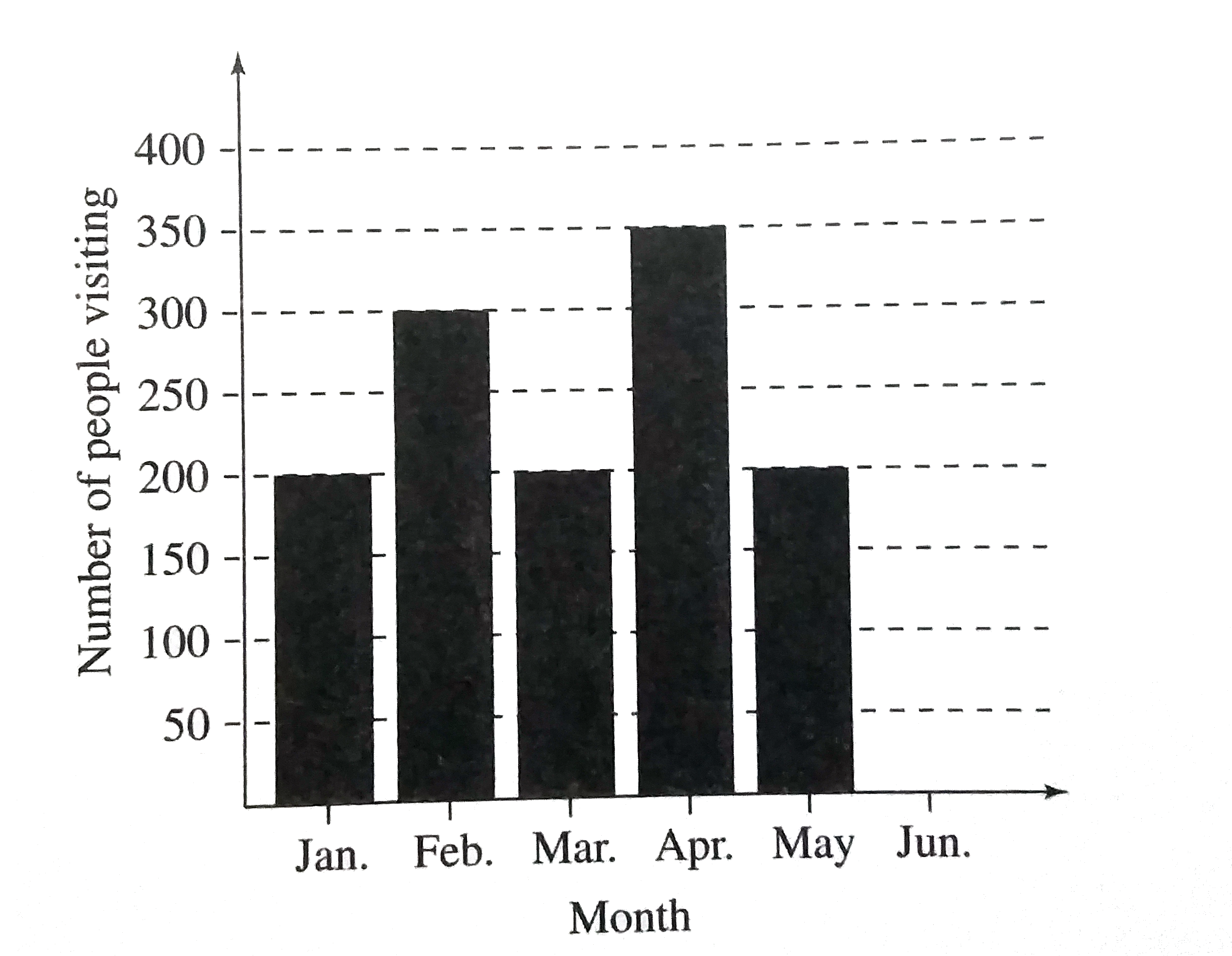 A0B200C250D500
A0B200C250D500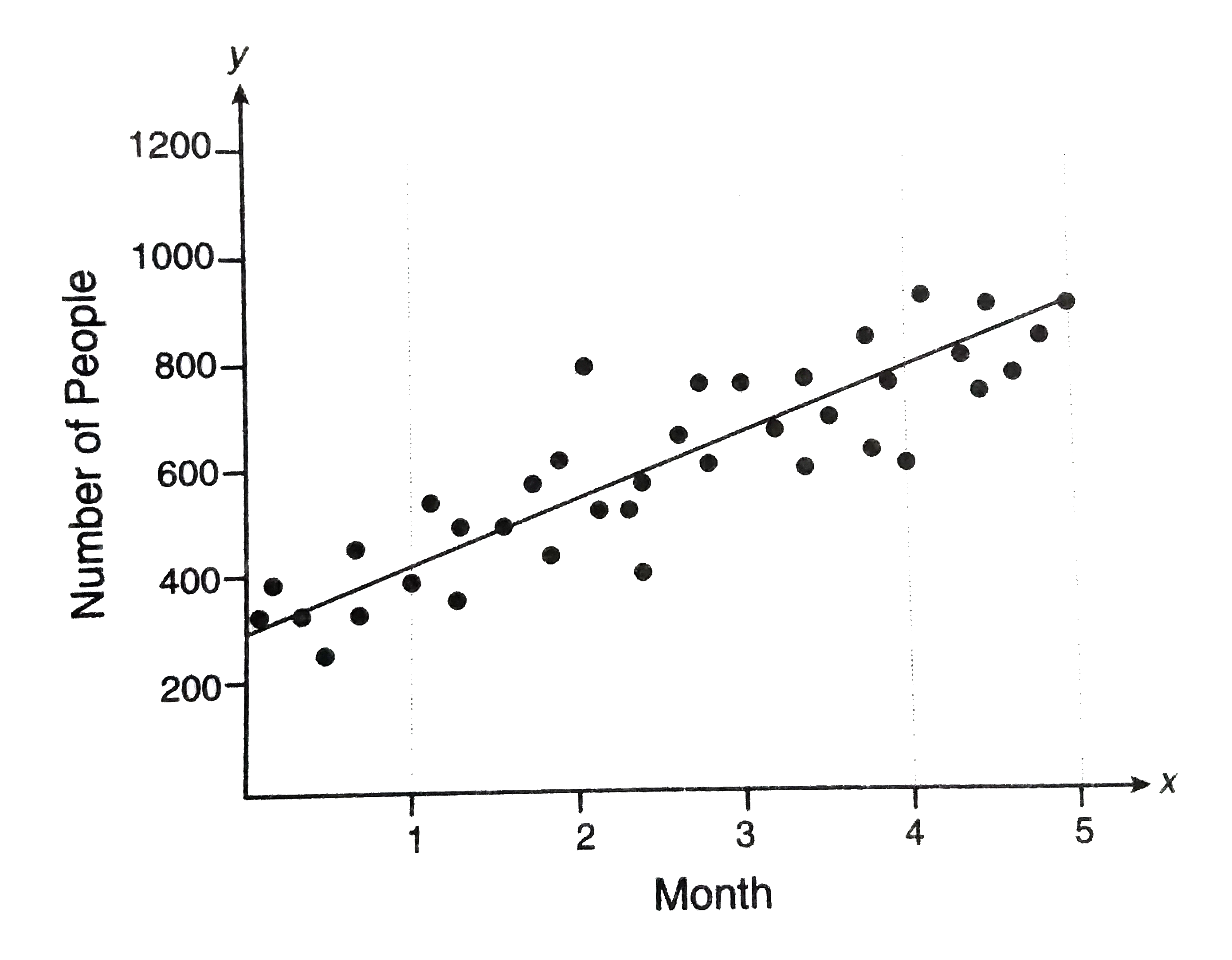
A new fitness class was started at several fitness clubs owned by the same company. The scatterplot shows the total number of people attending the class during the first five months in which the class was offered. The line of best fit is drawn.
Q. During the five-month period, the average increase in the number of people attending the class per month is closest to which of the following?A80B100C120D140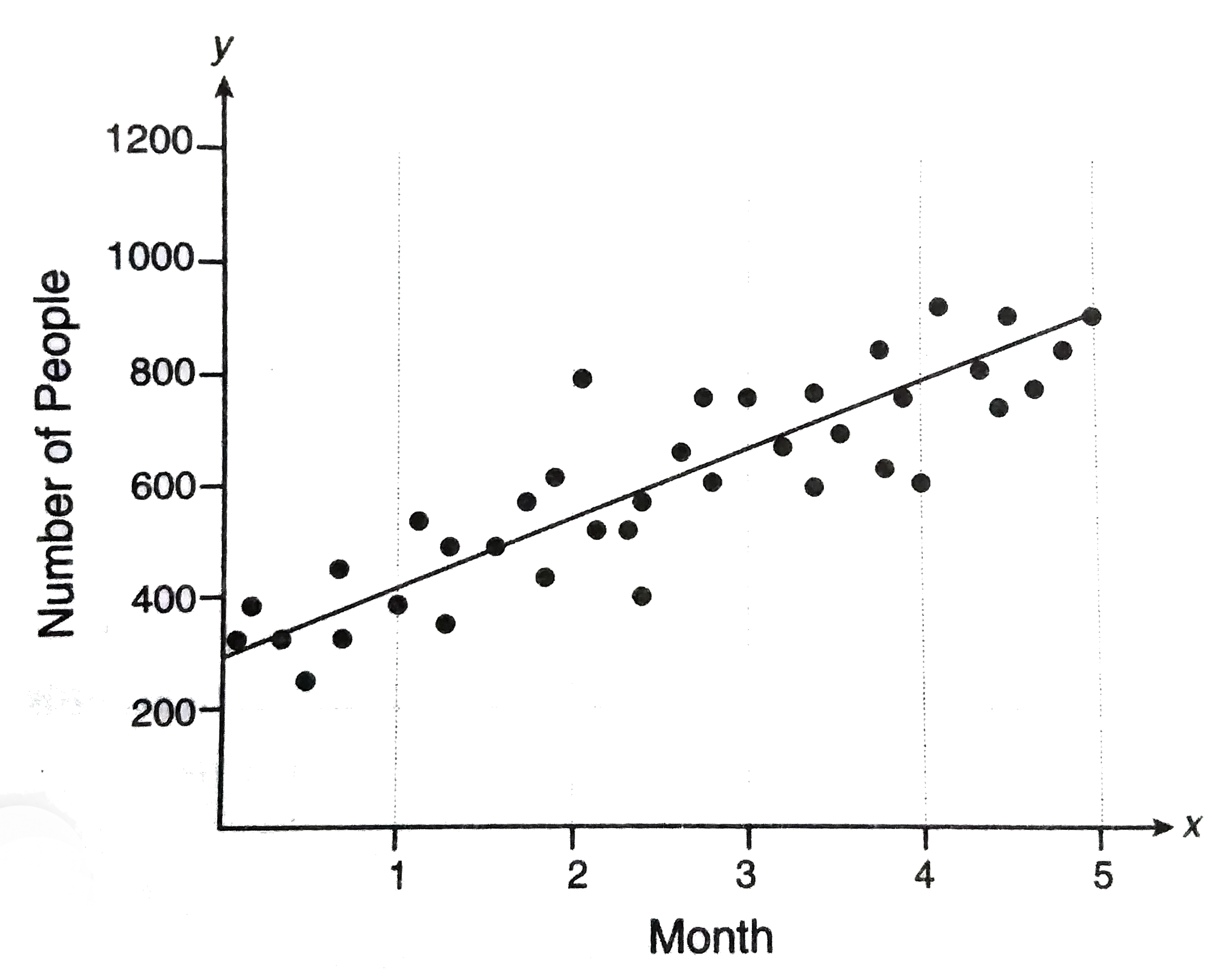
Question 5-7 refer to the scatterplot above.
A new fitness class was started at several fitness clubs owned by the same company. The scatterplot shows the total number of people attending the class during the first five months in which the class was offered. The line of best fit is drawn.
Q. At the beginning of which month did the actual number of people attending the class differ by the greatest amount from the number predicted by the line of best fit?AMonth 2BMonth 3CMonth 4DMonth 5
A colliodal solution is kept in dark and is illuminated by a beam of light then brightness appears at the right angle of direction of light. This effect is called :-
View SolutionA rigid ball traveling in a straight line thex−aξs hits a soled wall and suddenly rebounds during a brief instant . The vx−t grap in . shows this ball s velocty as a function of time. During the first 20s of its motion, find (a) its displacement (b) the total destance the ball moves, and (c ) skerch a graph of ax−t for this ballsmotion.(d)Isthegraphshownreallyvertcalat5 s?
Explain.
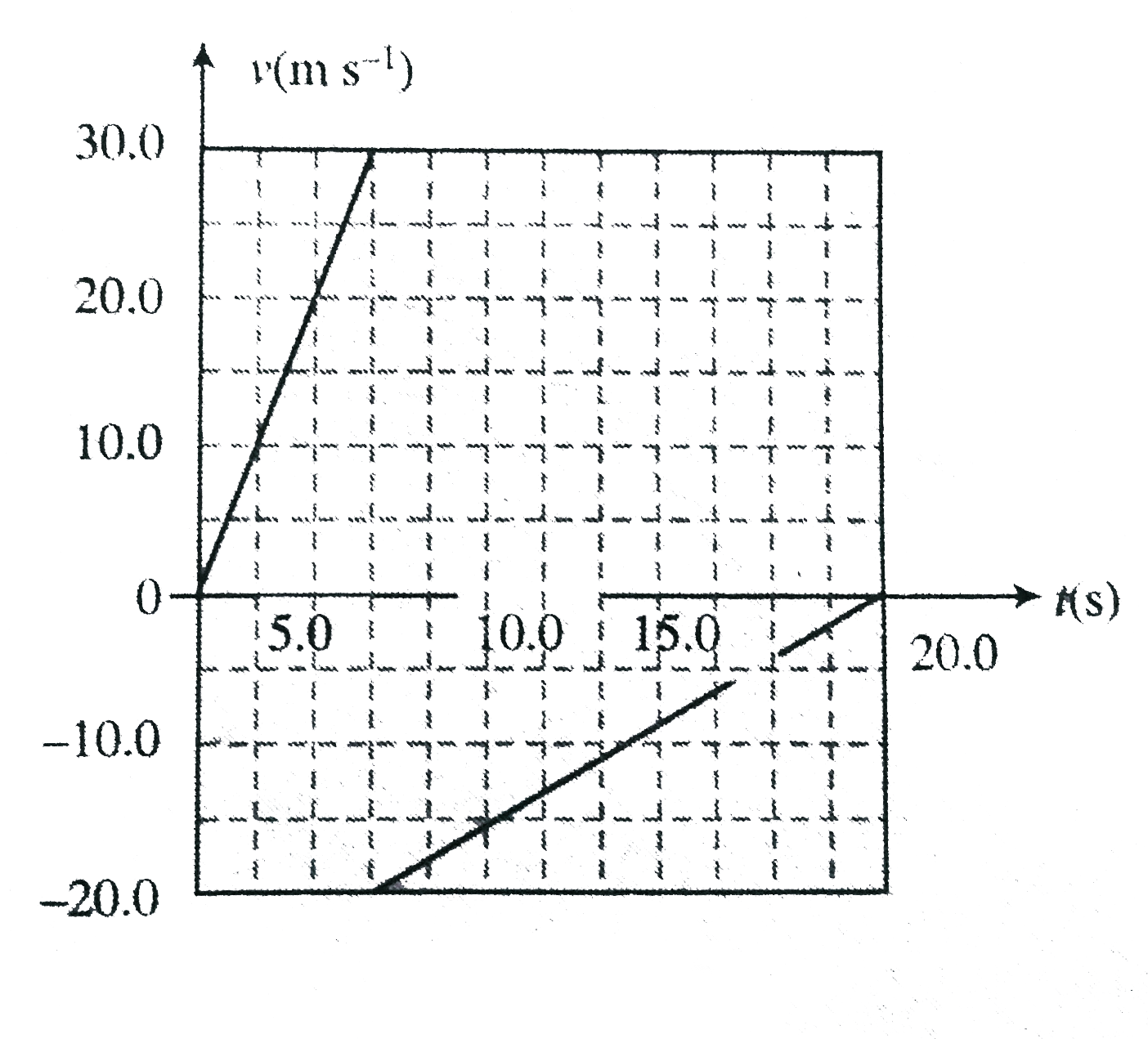 .
.
View Solution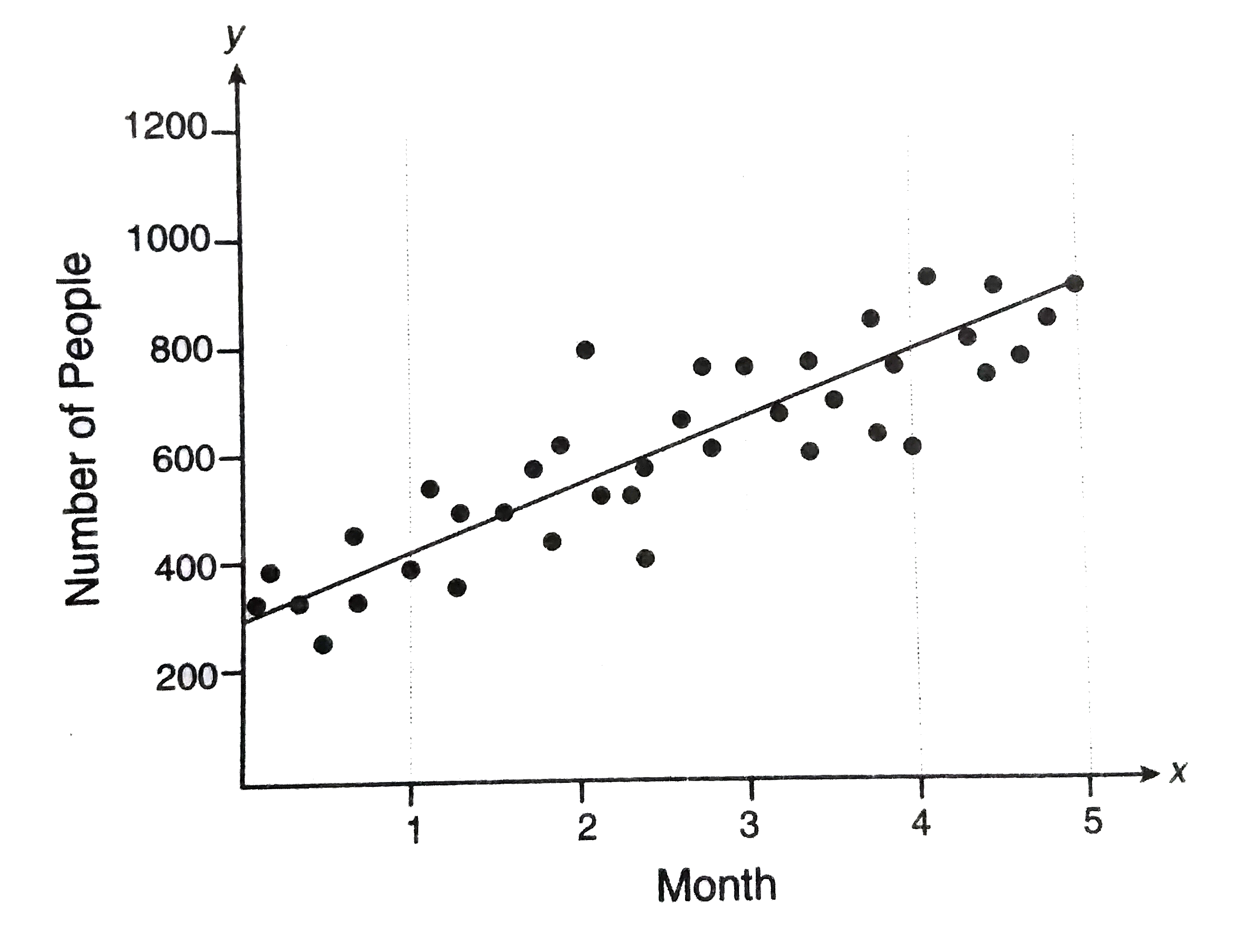
A new fitness class was started at several fitness clubs owned by the same company. The scatterplot shows the total number of people attending the class during the first five months in which the class was offered. The line of best fit is drawn.
Q. For month 4, the predicted number of people attending the class was approximately what percent greater than the actual number of people attending the class?
View SolutionA new fitness class was started at a chain of fitness clubs owned by the same company. The scatter plot above shows the total number of people attending the class during the first 5 months in which the class was offered. The line of best fit is drawn. If n is the number of the month, which of the following functions could represent the equation of the graph's line of best fit?
View SolutionThe following chart shows the cost of one Roku streaming device at a discount store during each of the first 6 months of the year.

The percent decrease in the cost of the device from January to June was closest to
View Solution